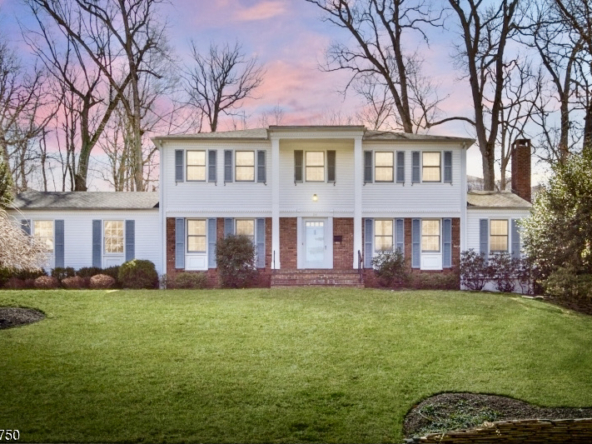The days are getting shorter, but the list of positive conditions for buyers could be getting longer.

1. An increase in the number of homes for sale
One of the biggest frustrations for buyers has been a persistent shortage of homes for sale. Zillow research showed that prospective sellers were holding off listing their properties in 2020 and early 2021 due to the uncertainty around COVID-19. Their hesitancy coincided with a surge in buyer demand driven by historically low interest rates and increasing numbers of millennial and baby boom buyers — many newly free to work from home.
While inventory remains low, it finally began creeping up in August, fulfilling predictions from a panel of 100 real estate experts and economists that more homeowners would begin listing their homes in the second half of the year as vaccine distribution became more widespread. The panel, surveyed for the Q3 2021 Zillow Home Price Expectations Survey, also expects new home construction to add to the number of homes for sale.
2. The possibility of price cuts on older listings
Fall is traditionally when home shoppers are more likely to score a deal on a home. There are usually fewer buyers, and listings that have been sitting on the market for weeks or months typically start to see price cuts.
COVID-19 upended the pattern in 2020, but we appear to be heading back to more normal territory in fall 2021. According to Zillow economists, a growing share of listed homes underwent price cuts over the summer.
Nationwide, the share of listings with a price cut rose for the fourth consecutive month, to roughly one-in-eight homes (12.25%) from roughly one-in-10 in July (10.3%). In August 2019, prior to the pandemic, the total share was 17.4%.
If inventory grows as expected, price adjustments could create more breathing room for buyers.
3. Slower price appreciation
After a year of skyrocketing housing prices, the pace at which they are growing has slowed. The slowdown is notable given the white-hot market of the past year, even if the pace of month-to-month price growth appreciation remains in record-setting territory.
For buyers, the end-of-summer easing could offer something of a breather.
The expert panel surveyed predicts home prices nationwide will increase at an average annual rate of about 5% through 2025, well below the current annual appreciation rate of about 17%.
4. Interest rates remain at historic lows — for now
Low interest rates — especially when price appreciation is slowing — boost your buying power and make a home more affordable. While mortgage rates remain near historic lows, the downward pressure that has kept them at low is finally showing signs of easing.
A half-point increase in the interest rate — say, from 3% to 3.5% — would increase your monthly mortgage payment by 6.5%. The higher payment may not add up to much on smaller home loans, but can add up quickly for larger mortgages.
For more than a year, interest rates on 30-year, fixed-rate mortgages have hovered around 3% — and have even dipped below that at times. Rates were much closer to 5% as recently as late-2018, and they consistently hovered between 7% and 8% for much of the 1990s.
5. Sellers may want to close by year end
While a home is where an owner lives and makes memories, it is also an investment — one that comes with tax consequences.
A home seller may want to take advantage of a gain or loss during this tax year, so you might find homeowners looking to make deals so they can close before December 31. Ask why the seller is selling, and look for listings that offer incentives to close before the end of the year.
Businesses also may be offering end-of-year deals on big ticket items such as appliances, which could help cut move-in costs if the home’s appliances are dated or not included in the sale.
6. Harsher weather can show more flaws
Fall and winter months tend to reveal flaws, making them a great time to see a home’s true colors. For instance, in colder months, you’ll be able to see if the furnace actually works or if it’s creating heating dead zones. Or you’ll be able to see if the house is drafty or if there are structural issues that might otherwise be hidden by bushes or flowers.
It’s better to see the home’s flaws before making the offer, instead of being surprised months after you close. In fact, the best time to do a property inspection is in the rain and snow, because any major issues are more likely to be exposed.
Conclusion
It bears repeating that although the fall season could provide opportunities for buyers, the best time to buy is when it’s right for you.



